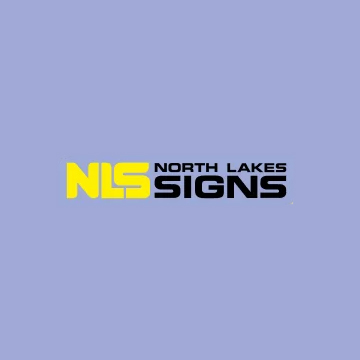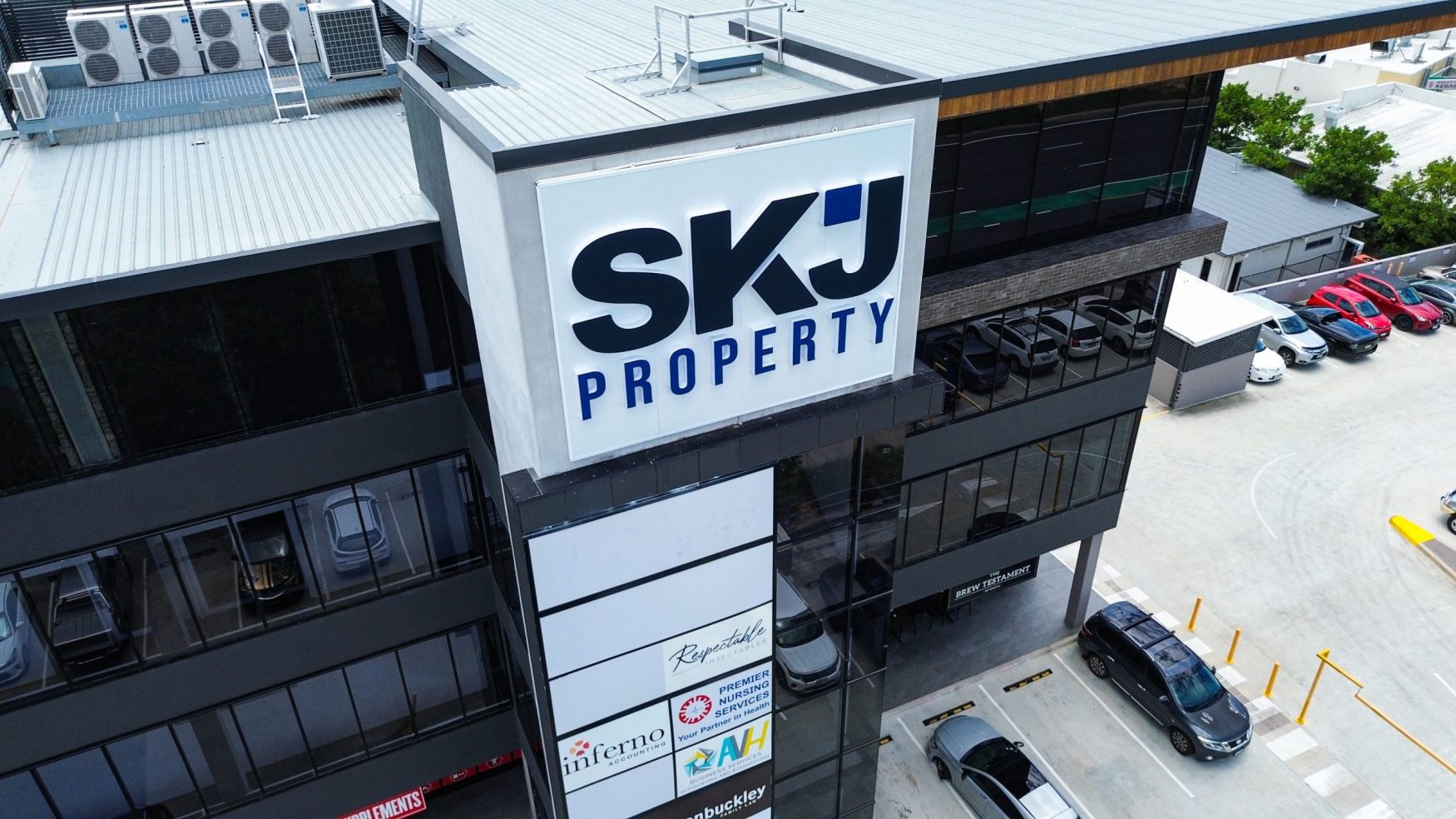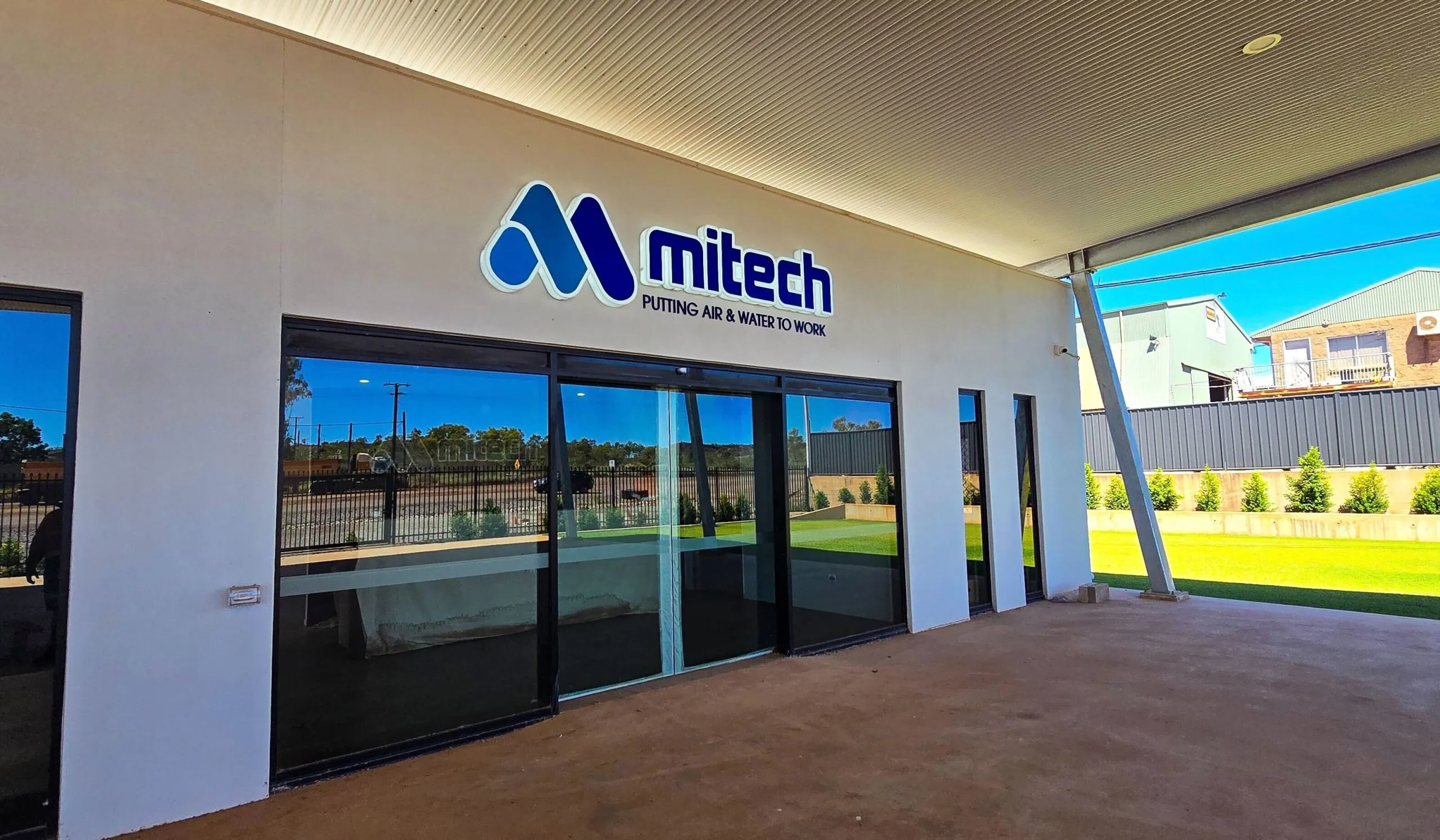Everything You Need to Know about Lightbox Signs
Looking for a unique way to highlight your business and get noticed? Lightbox Signage is a uniquely effective way to brand and draw attention to any business. Here is our guide to everything you need to know about Lightbox Signs.
Jump to:
What is a lightbox sign?
Why LED lightboxes?
Common outdoor lightbox signs and benefits
Under awning lightbox
How do you make a lightbox sign?
How much does a lightbox sign cost?
What is a lightbox sign?
The term ‘lightbox’ came into common use about the middle of the 20th century, as lighted cabinets that hold and display a sheet of backlit graphic film began to appear in commercial and retail environments.
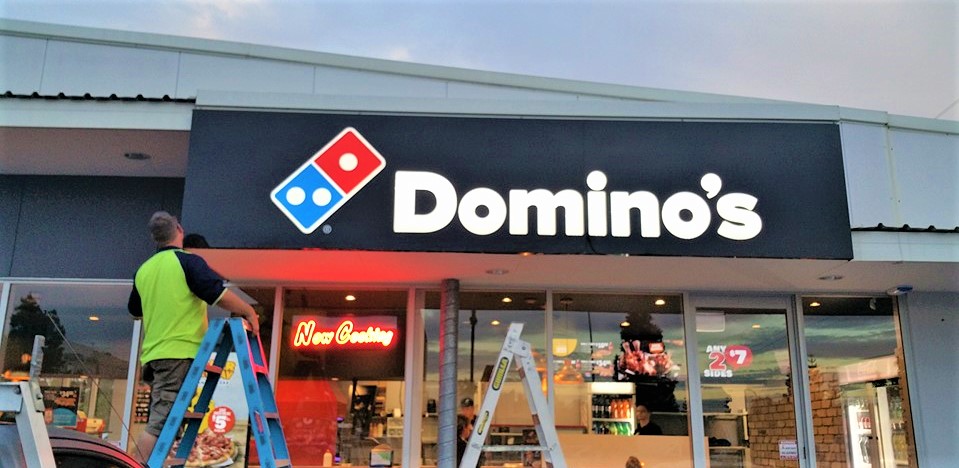
A lightbox sign traditionally, is an electrically-lit sign that contains the mechanisms to encapsulate, suspend, protect and display a discrete sheet of backlit film which embodies a print image, and which is designed to transmit light through the film for increased image brightness, contrast and colour saturation.
Lightbox sign vs electric sign
You might be wondering if a lightbox sign is the same as an electric sign. The term ‘electric sign’ traditionally began to be used to refer to roadside commercial signs powered by filament-electric lamps. Now, while technically speaking, any product that can be categorised as a ‘sign’ and powered by ‘electricity’ would be classified as an electric sign, the term lightbox sign is typically differentiated from electric signs in the sign industry.
The reason for this differentiation in practice is simply a matter of convenience: Lightboxes have so many attributes that distinguish them from other electric signs.
What distinguishes a lightbox from other electric signs?
Here’s a list of the main differences:
- Graphic Updating — Lightboxes are usually designed for frequent replacement of the graphic (such as a monthly or seasonal promotional message), so they provide a quick method for opening and accessing the graphic without tools. Conversely, (non-lightbox) electric signs are usually designed for a long-term or permanent display of a graphic (such as the name of a store), so they don’t need such easy access to the graphic.
- Material — Lightboxes are usually built of extruded aluminium, whereas electric signs are often constructed of steel, wood or plastic. Aluminium is generally considered to be more ‘upscale’ in both rigidity and elegance, but other materials are often more economical for larger electric signs. Electric signs are often much larger than lightboxes and used for building and highway signage that’s intended for viewing from greater distances.
- Graphic Security — Lightboxes usually sandwich the backlit film loosely (without glue) between two lenses so that it can be removed without wasting a lens, when the image needs to be updated. This is achieved via some combination of flip edges, slide frames, snap frames and/or hinged doors. Electric signs usually contain only one translucent lens layer, for the sake of simplicity, longevity, and also to decrease the need to manage moisture condensation. Most electric signs do not use a backlit film for their artwork.
- Viewing distance — Lightboxes are more often intended for close-up viewing than electric signs; hence the basis for improved elegance.
- Simplicity — Lightboxes are almost always rectangular and generic in terms of any artwork or message or branding. This enables mass production and puts downward pressure on unit cost. All the ‘customisation’ of a particular lightbox application is fully executed at the graphic film level, by simply replacing one printed film with another. Electric signs are often custom-shaped, die-cut and/or fitted with custom-designed features that aid in the communication of the particular message or brand, such as a sign frame shaped to the letters that spell out the name of a store.
Two factors to consider when choosing an electric sign vs. a lightbox sign
- How often will the graphic be updated? – If the graphic is intended to be changed every once in a while (or more often), then consider a lightbox for convenience.
- How big will the graphics be? – Generally but not always, shorter-term graphics are a smaller size and also intended for a shorter viewing distance than long-term graphics.
Examples of common lightbox signs include:
- Lightboxes
- 3D Illuminated signs
- 3D lettering
- Large lightboxes
- Shopping centre light up signs
- School signs
- Message boards
- LED TV signs
- Custom lightbox
- Fabricated letters
- Light up menu signs
- Hanging lightbox
- Neon signs
- LED signs
Common display locations of lightbox signs include:
- Under awning signage
- Retail point-of-sale displays
- Corporate signs for business premises
- Outdoor advertising
- Airport signage
- Train station notice boards and time tables
- Nightclub, pub, and bar promotions
- Restaurant signage and menu boards
- Showroom information and promotional displays
- Exhibitions and trade shows
Why LED lightboxes?
LED lightboxes have many advantages compared to traditional fluorescent lightboxes.
This includes:
- Even illumination of the sign face.
- Cheaper to run. Power consumption of LEDs is only 20-25% of equivalent neon fluorescent light.
- They have a longer lifespan.
- Are easier to maintain and safer to use.
- Weigh considerably less than lightboxes using fluorescent tubes.
- Reduced installation and maintenance time.
- More environmentally friendly.
Common outdoor lightbox signs and benefits
Outdoor lightbox signs are a highly effective way to advertise your business as they stand out, grab attention and draw customers in. Versatile and easy-to-read, lightboxes can display any message you want, in full colour and vivid detail, and they are a much more cost-effective way to make an impact than many other forms of advertising.
Common outdoor lightbox signs include:
- Lockable weatherproof lightbox
- Lockable lightbox
- Lockable illuminated menu case
- Wall/under awning lightboxes
- Double & single sided under awning illuminated signs
Benefits of outdoor lightbox signs include:
24/7 advertising
- At night, when your business has closed for the day, lightboxes will continue to advertise your brand or display your message.
- Humans are naturally drawn to vivid colours and lights, this makes lightbox signage a truly powerful way to brand and draw interest to your business 24/7.
- Lightboxes are very bright and easily noticeable from afar at night, this will help to increase your reach and ensure more people hear about your brand or product.
- When people are walking or driving past your business your illuminated lightbox sign will remind them about your company.
Double-sided visibility
- One great advantage of lightbox signage is that they can be single and double-sided.
- People will notice your brand, logo or message from both inside and outside the building.
- Signs don’t go unnoticed.
Varied content that is easy to update
Easy to change or update the content
Commercial lightbox signs can have an option to be programmed by a computer, which opens up a huge avenue for using animations and graphics to promote your business.
Options to connect to the internet and displaying social media feeds in real time.
High Tech lightbox signs may allow you to update content with the touch of a button on your PC, laptop, iPad or smartphone.
Enhance customer experience
- Lightboxes heighten customer’s shopping experience and influence buying decisions.
- Present high quality images, graphics and information in-store.
- Lightboxes can be used as information hubs that can explain things such as:
- How to find a certain product in store
- Additional products or services
- How to complete a form
- How to install something
- How to apply something
- Promote your latest design
- Lightboxes can advertise your business, while also engaging and helping your customers at the same time.
Versatility
- LED lightboxes are proven to be an extremely successful advertising tool for various applications including:
- Under awning signage
- Corporate signs for business premises
- Airport signage
- Train station notice boards and time tables
- Nightclub, pub, and bar promotions
- Restaurant signage and menu boards
Under awning lightbox
Under awning lightbox signs are a perfect solution for above pavements or sidewalks These can be single or double sided signs. Under awning lightbox signs normally hang from the roof or awning above. The light box is fixed to ‘droppers’ which are in turn fixed to the awning above.
A lightbox awning sign is a fantastic way to display your logo or business name. By day the colours and design will look like a normal awning sign but at night it will illuminate and really come to life. Under awning lightbox signs are effective for when you are trying to attract customers into business day or night.
How do you make a lightbox sign?
Everything is run by LED’s these days so the limits to your lightbox creativity are endless. You can use different coloured lights, flashing wording and 3D light up letters. You can really capture your customers attention with a bright, modern lightbox.
A signage expert will be able to work with your design ideas, marketing objective and design space to create an effective lightbox sign. With digitally printed translucent graphics illuminated with opal acrylic or polycarbonate faces, light boxes are an extremely flexible format that can be custom built.
Lightboxes are built with aluminium extrusions that make up the external edges of the lightbox, and internal braces that further strengthen the box.Try to use high-quality translucent vinyl that is specifically designed to illuminate and transmit light evenly and consistently. If cheaper, non-translucent films are used, then the sign’s illumination can be very blotchy and inconsistent.
How much does a lightbox sign cost?
A lot of businesses require illumination of their signage but want to do so within a reasonable budget. This is where a lightbox signage can be an ideal solution. LED’s makes them a very cost-effective option to purchase and run.
Also, because lightboxes are almost always rectangular and generic in terms of any artwork or message or branding. This enables less customised production and puts downward pressure on unit cost. All the ‘customisation’ of a particular lightbox application is fully executed at the graphic film level, this makes them a cheaper alternative to other illuminated signs.
However, with so many variables, lightbox signs are quoted on an individual basis. Remember that your lightbox will be on and attracting attention day and night, making it a hard-working and cost-effective branding solution.
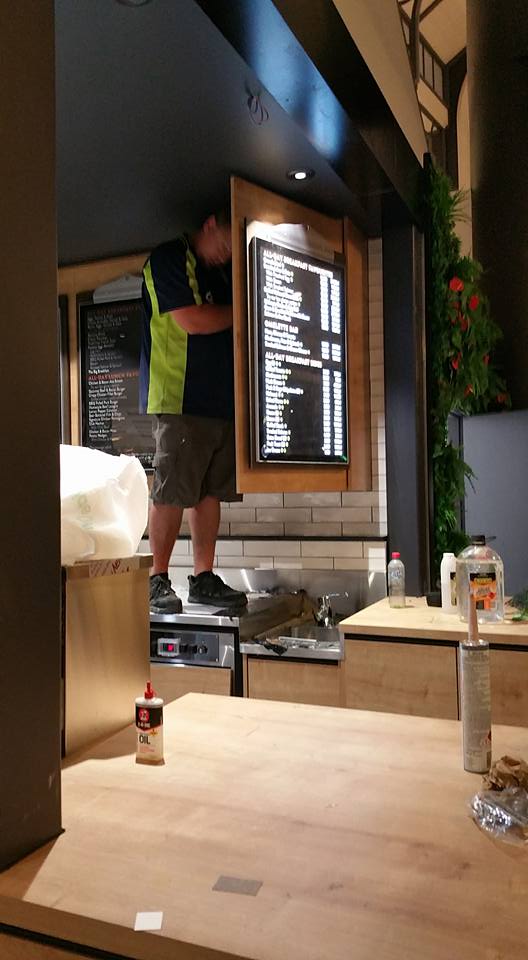
To find out more about lightbox signs and to discuss your design and signage needs you can contact us at North Lake Signs. We can arrange to do a colour graphic image to show you how a lightbox sign will look on your shop today!
